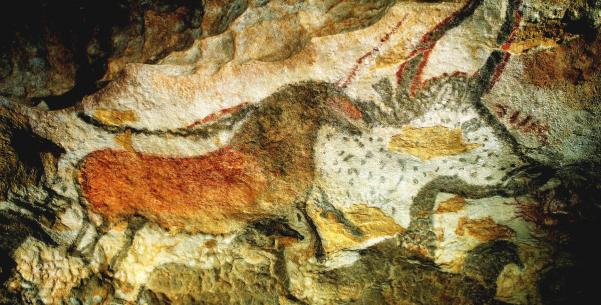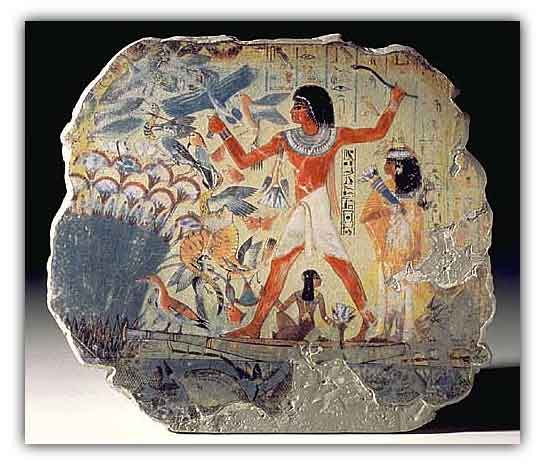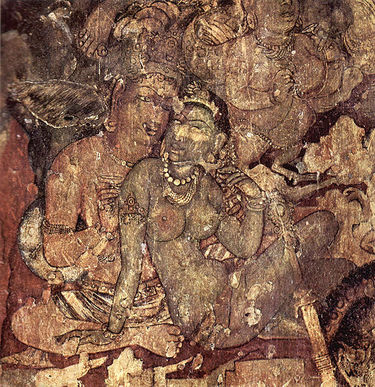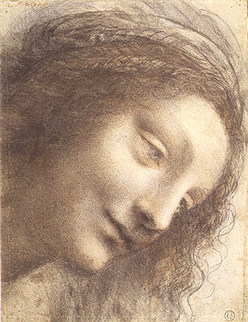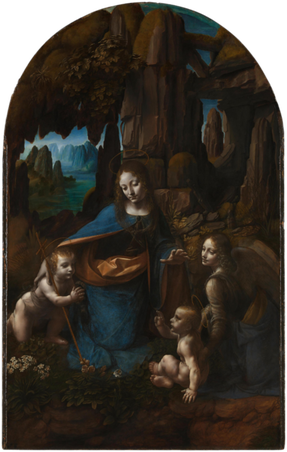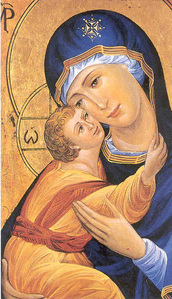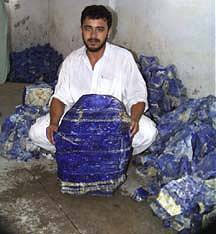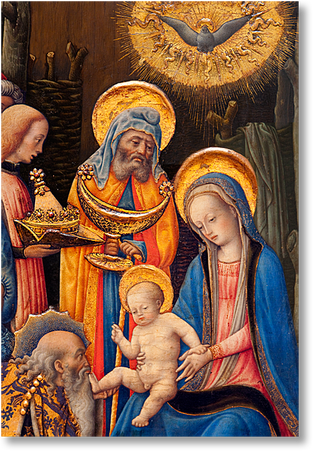Pigments from the Earth
Ochres
The term "ochre" refers to a number of colored clays or iron oxides used as art pigments. Ochres are commonly yellow or red colored, but also brown, black, green, and sometimes even purple. Cave paintings are perhaps the first evidence of the use of ochre as an art pigment. Over 30,000 years ago, prehistoric man used ochre bound with wild orchid sap, egg yolk, wax, animal fat, or resin to create the first known art works. (Varichon, 2006). The pigment was applied by hand, with chewed wood brushes, or even blown through a hollow reed in a primitive airbrush technique. The placement of these paintings far back in the weather proof recesses of the caves has allowed for their longevity.
The ancient Egyptians were also well known for their use of ochre in their tomb paintings. The pure iron oxide pigment was bound with acacia gum to create the deep orange color favored to depict skin tones (Varichon, 2006).
For more information, How to Make Ochre Paint from a Rock
Charcoal
Charcoal refers to the material that results from the calcination of burned organic matter. Many of the ancient cave paintings employ dark charcoal to create bold outlines. The first charcoal was undoubtedly discovered as a result of the use of conifer wood torches used by ancient peoples. Later, charcoal was finely ground then blended with animal fat for smooth application. (Varichon, 2006.) Charcoal is still commonly used as an artistic medium today.
Lampblack and Soot
Similar to charcoal, lampblack pigments are created from fine carbon particles that result from the combustion of small quantities of resinous or vegetal substances. Throughout time they have been used in frescoes, tempera (egg-based paint), watercolor paints and as inks for tattoos. Lampblack was fixed with a variety of materials, including a paste made from ground soy grains. In the Ajanta Cave murals in India, dating from the second half of the first millenia, drawings were first sketched on walls using small black sticks made of lampblack mixed with clay and cow dung (Varichon, 2006).
Lapis Lazuli
The word for lapis lazuli comes from the Persian word "Lazhuward". (Varichon, 182.) Lapis is a cuprous rock found only in Chile, Zambia, small areas of Siberia, but primarily in Afghanistan (Finlay, 2002).Lapis was used throughout the Middle Ages in illuminated manuscripts, and during the 15th century was often mixed with indigo to achieve a wide range of blues (Varichon, 2006). By the time of the Italian Renaissance , the lapis-made pigment "ultramarine" was being mixed with linseed oil or eggs for ease of application, and was considered the only blue paint deemed worthy to depict the robes of the Virgin.
